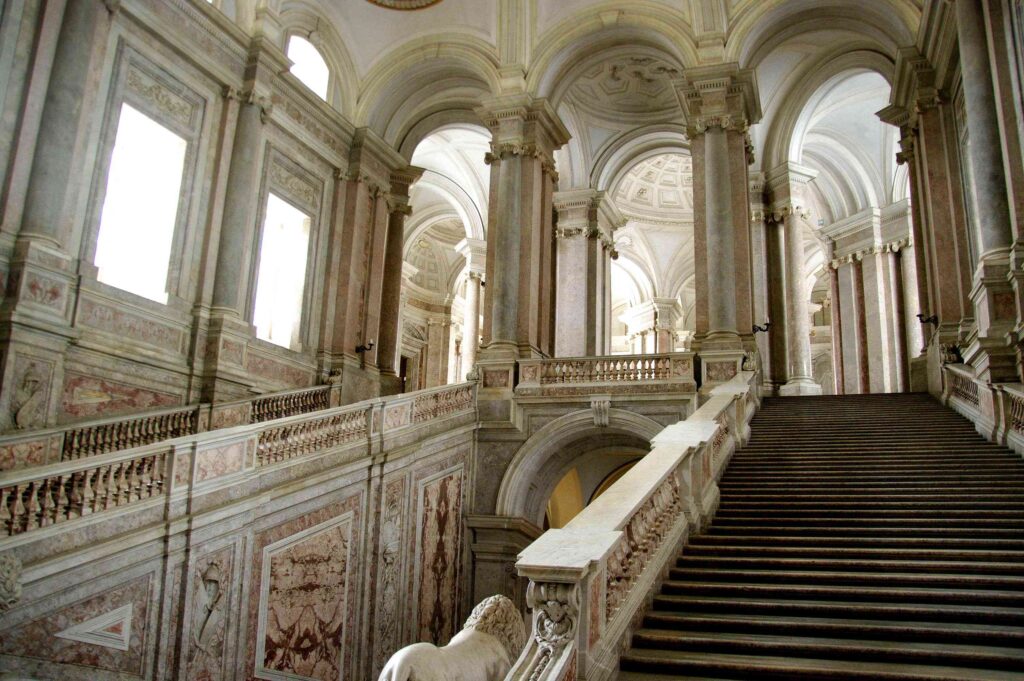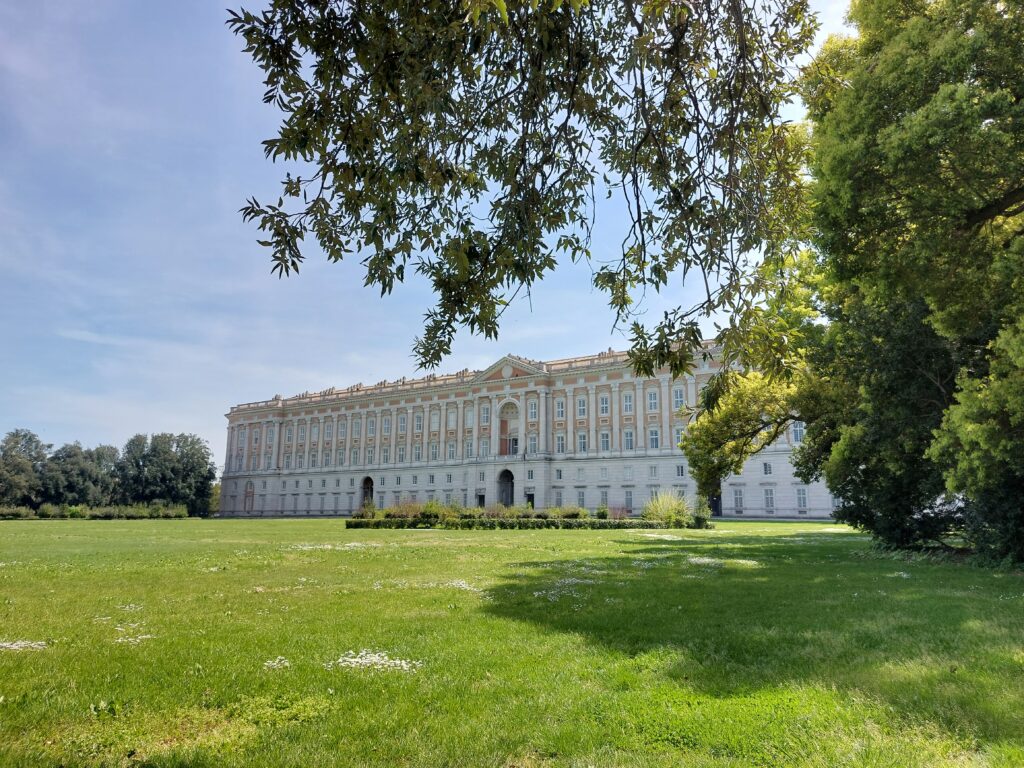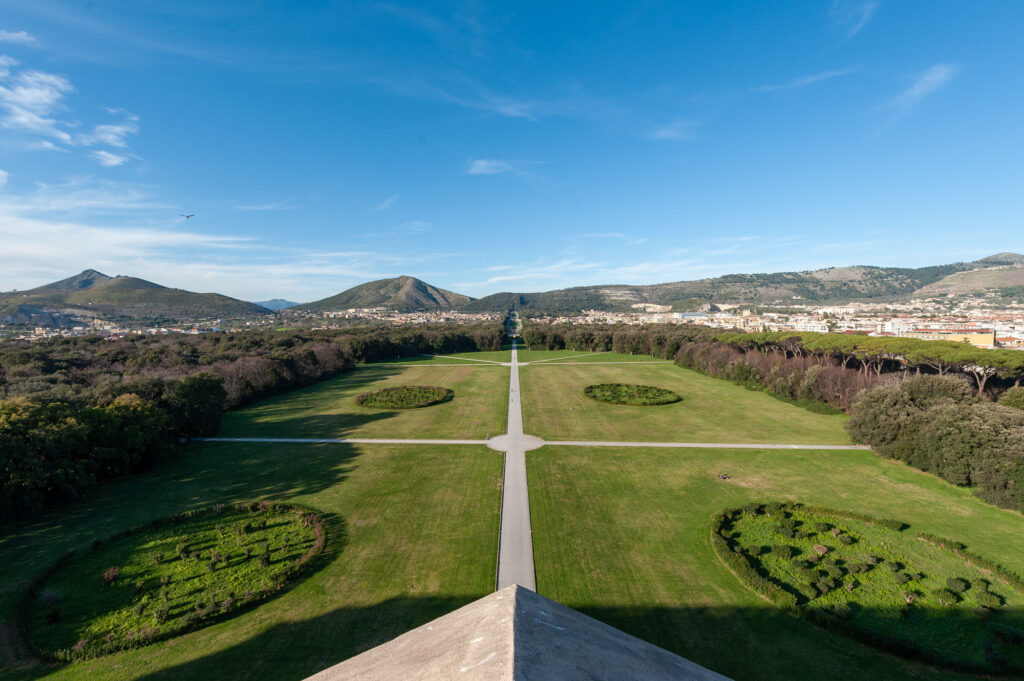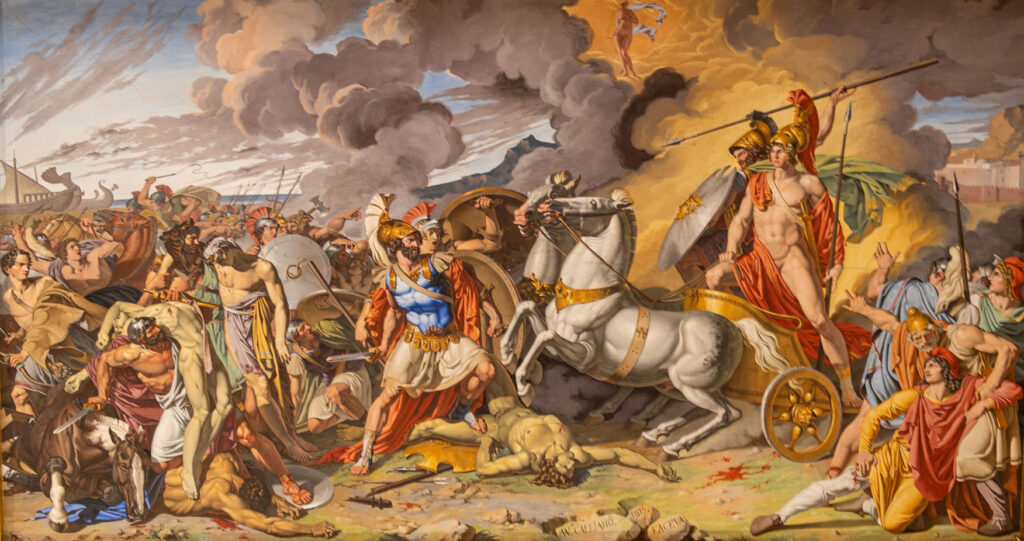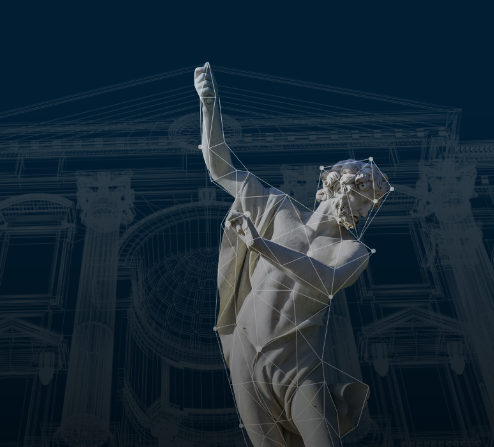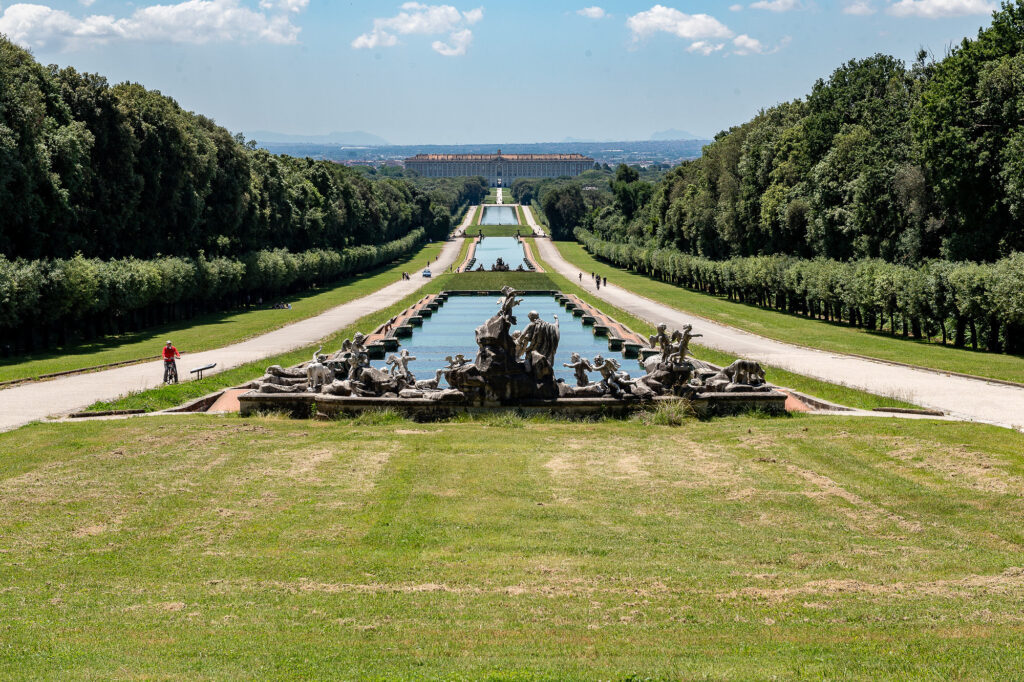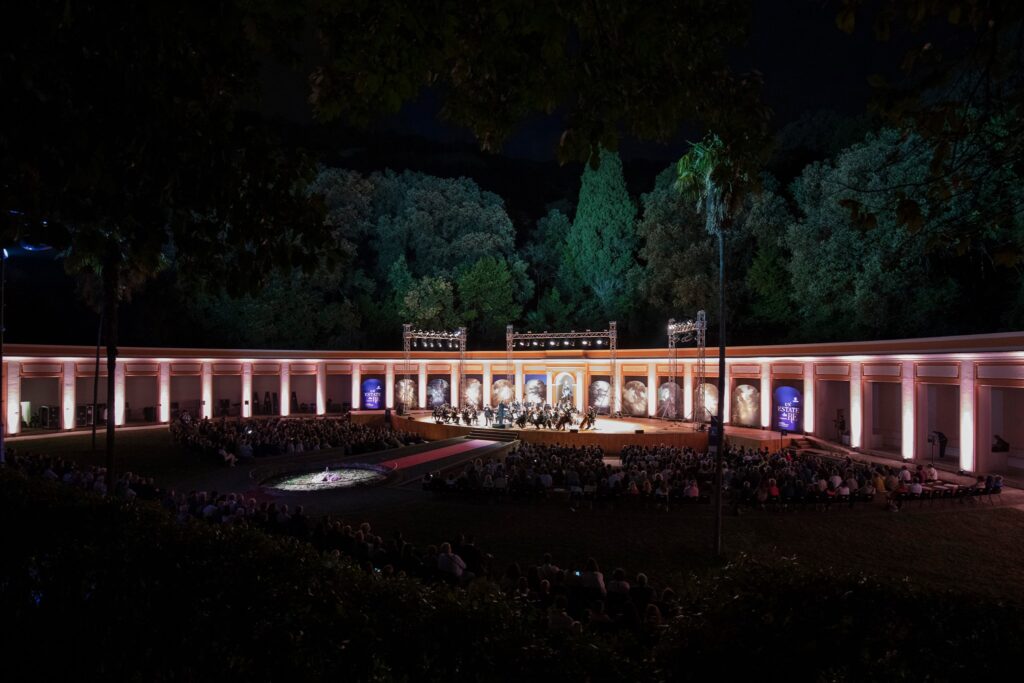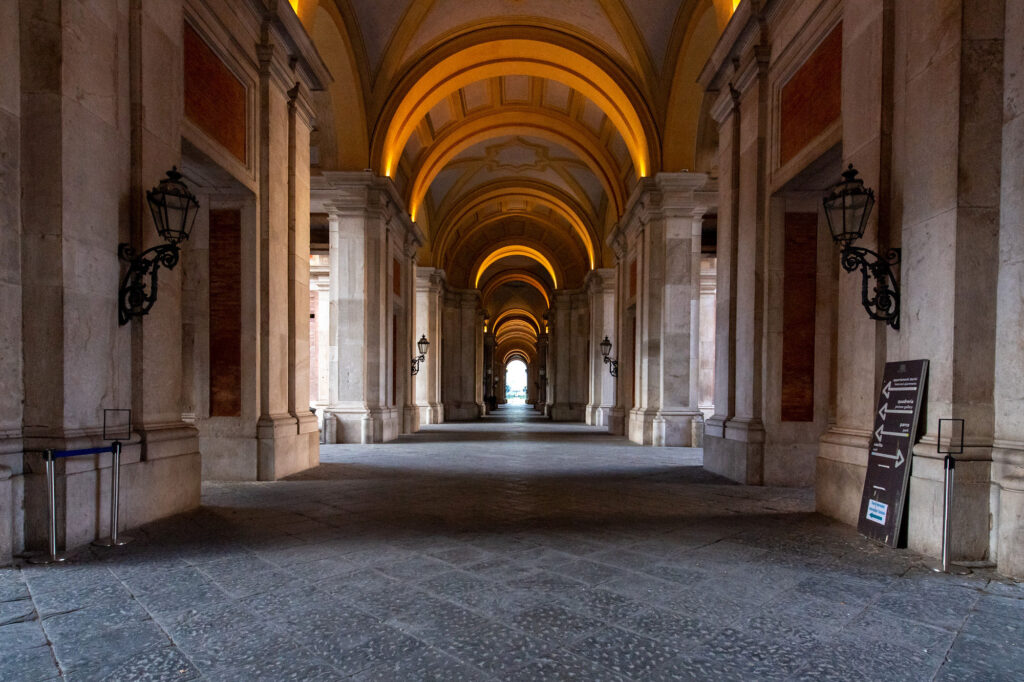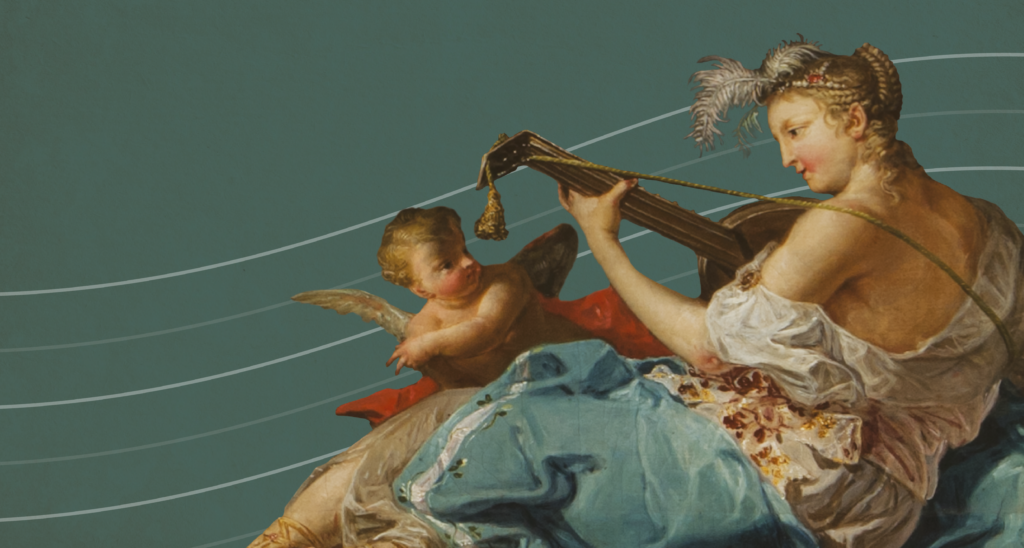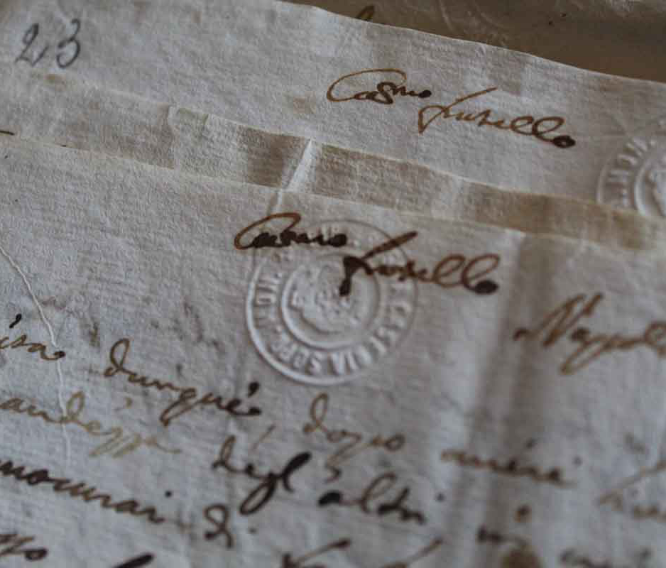Scopri di più: Pinacoteca | Paesaggi e vedute – Prima sala
La serie dei porti del regno di Napoli
Re Ferdinando IV di Borbone commissionò al pittore Jacob Philipp Hackert le Vedute dei porti del Regno di Napoli, per emulare quanto aveva fatto il re di Francia, Luigi XV, affidando al pittore Claude Joseph Vernet, nel 1753, l’incarico di eseguire la serie di Vedute dei Porti di Francia. La serie era destinata ad arredare gli ambienti della Villa Favorita di Resina.
In quell’anno Hackert partì per la Puglia per ritrarre i porti delle tre province orientali del Regno: Capitanata, Terra di Bari e Terra di Otranto. Il viaggio durò più di tre mesi e al rientro il pittore iniziò a riprodurre su grandi tele i porti di Taranto e Brindisi, Gallipoli, Manfredonia, Barletta, Bisceglie, Santo Stefano di Monopoli, Trani e infine, nel 1792, il porto di Otranto.


